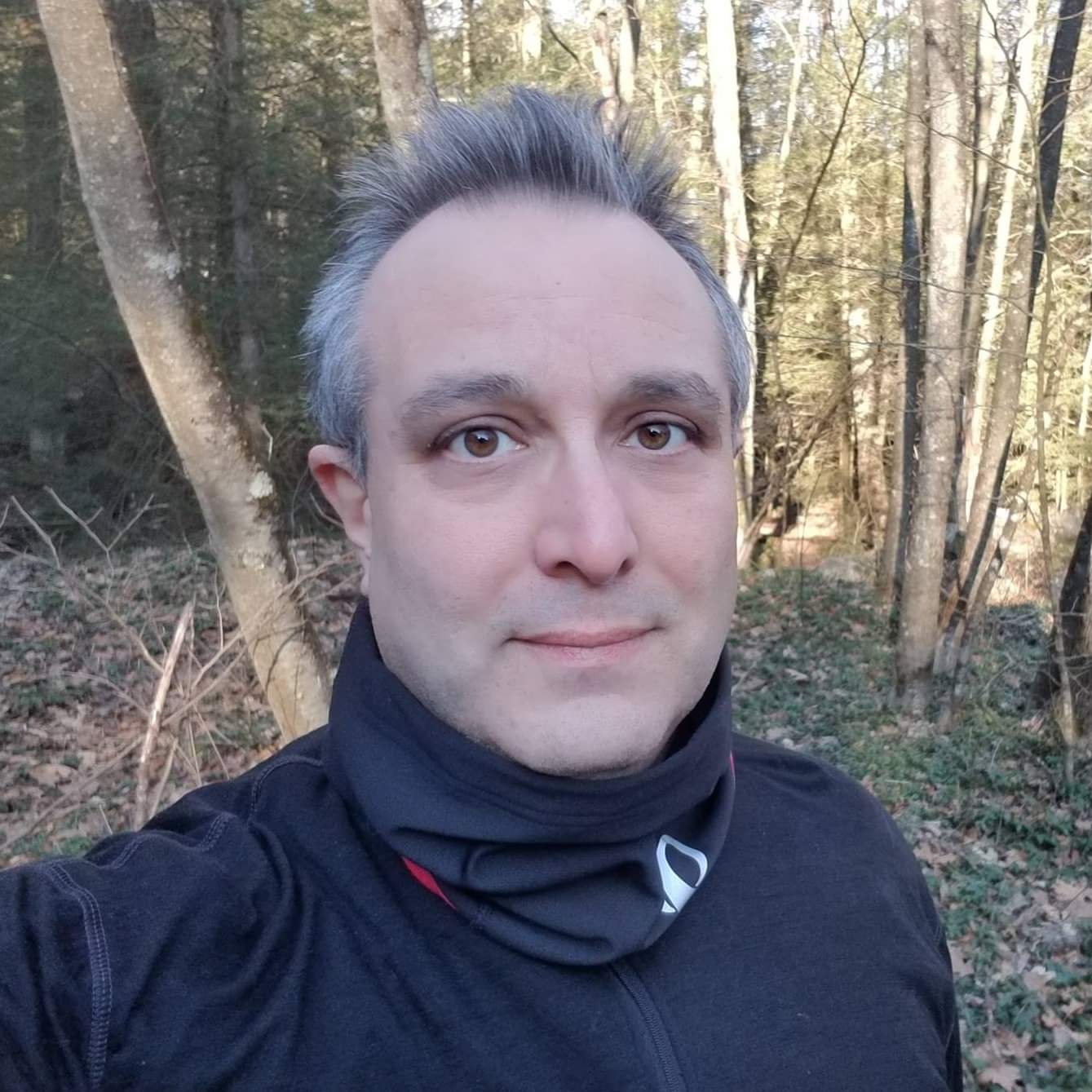Did it really look like that?
- Derek Jecxz

- Jul 15, 2020
- 1 min read

I am often asked, “Did it really look like that?” My answer is always the same, “Yes, it looked like that to me.” I am not being snide, merely honest; I use my camera like a painter uses his brush (no one ever asks a painter, did it really look like that?). My imagination decides perspective, time of day, aperture, shutter speed, lens, filter and so much more. I make countless imaginative decisions before I make my first exposure. In the chemical darkroom, photographers could creatively edit photographs. Today, with Photoshop software, photographers can do much more. (I use Photoshop to remove sensor dust spots, adjust colors, sharpness, contrast, brightness and more; I use layers to selectively alter areas of a photograph too.) My long exposure photographs include time, motion in the landscape i.e., the movement of wind or water (our eyes cannot capture the effects of movement over time).
A common misconception is that a camera faithfully reproduces the landscape as it truly appears. As it truly appears? Appears to whom? Cameras are incredibly powerful devices; they are superb at documenting binary conditions i.e., did the car go through the red light (traffic camera) or whether uncle George wore the red flannel shirt, green sweater or no shirt at all. We generally accept such images as truthful; therefore, it is easy to conclude the camera should be used by artists to produce truthful photographs. However, truthful images and art are not the same; if they were, there would be galleries filled with Ring® Doorbell artwork.

“Did it really look like that?” The answer is a resounding “Yes!” The photograph is the proof!



Comentarios